A collection of four Chinese silk embroidered shoes, 19th century, shaped as fish, dragons, cats and Buddhist dogs and a small pair of woman bound shoes 清末民国 刺绣鱼莲花小孩布鞋 刺绣蝴蝶花卉小脚鞋 五对 The auspicious world of Children Clothing children in auspicious garments, especially in occasion of celebratory festivals such as the Lunar New Year, has been part of Chinese traditional costumes. Traditionally, Chinese children wear several different styles of shoes and hats from infancy through adolescence that mimicked the features of especially powerful animals. the purpose was to protect children against evil spirits. Auspicious hats were also worn beyond the stage of infancy, thought of bestowing good wishes of success and moral teaching. Hats that represent animals, such a stye one included in this section, such as tigers, are intended to protect babies by warding off evil spirits. animals helped define Chinese political, social and personal identify. Associated with the directions, the seasons, time of life, heavenly bodies, the years of the zodiac, gods and heroes of legends, animals represented the yin and the yang aspects of nature and thus ensured harmony in the lives of the young. Each animal of the zodiac, for example, symbolic of various personal traits, determined one’s destiny. Images of tigers and lions, for example, common theme in children’s garments, protected the entrances into tombs and temples, and by extension, therefore, also the young lives of the Chinese. Dragons symbolise potent and auspicious power; butterflies, hudie 蝴蝶, symbolise beauty, elegance and long life, being the character die homophone with die 耋, meaning seventy or eighty years of age; the snakes possess gracious morality and great wisdom. The charming specimens included in this section, therefore, are a wonderful visual representation of the basics of the Chinese decorative system, which involves the use of auspicious images intended to act and become alive for the benefit of the wearer. These colourful garments, therefore, are an important source illumining the popular contemporary beliefs and preoccupations which official historical records often failed to record. For reference, see Berliner, Nancy (1986), Chinese Folk Art; Lin, Phylis Lan and Christi Lan Lin (1996), Stories of Chinese Children’s Hats: Symbolism and Folklore; Garrett, Valery (1977), A Collector’s Guide to Chinese Dress Accessories. Condition report disclaimer
A collection of four Chinese silk embroidered shoes, 19th century, shaped as fish, dragons, cats and Buddhist dogs and a small pair of woman bound shoes 清末民国 刺绣鱼莲花小孩布鞋 刺绣蝴蝶花卉小脚鞋 五对 The auspicious world of Children Clothing children in auspicious garments, especially in occasion of celebratory festivals such as the Lunar New Year, has been part of Chinese traditional costumes. Traditionally, Chinese children wear several different styles of shoes and hats from infancy through adolescence that mimicked the features of especially powerful animals. the purpose was to protect children against evil spirits. Auspicious hats were also worn beyond the stage of infancy, thought of bestowing good wishes of success and moral teaching. Hats that represent animals, such a stye one included in this section, such as tigers, are intended to protect babies by warding off evil spirits. animals helped define Chinese political, social and personal identify. Associated with the directions, the seasons, time of life, heavenly bodies, the years of the zodiac, gods and heroes of legends, animals represented the yin and the yang aspects of nature and thus ensured harmony in the lives of the young. Each animal of the zodiac, for example, symbolic of various personal traits, determined one’s destiny. Images of tigers and lions, for example, common theme in children’s garments, protected the entrances into tombs and temples, and by extension, therefore, also the young lives of the Chinese. Dragons symbolise potent and auspicious power; butterflies, hudie 蝴蝶, symbolise beauty, elegance and long life, being the character die homophone with die 耋, meaning seventy or eighty years of age; the snakes possess gracious morality and great wisdom. The charming specimens included in this section, therefore, are a wonderful visual representation of the basics of the Chinese decorative system, which involves the use of auspicious images intended to act and become alive for the benefit of the wearer. These colourful garments, therefore, are an important source illumining the popular contemporary beliefs and preoccupations which official historical records often failed to record. For reference, see Berliner, Nancy (1986), Chinese Folk Art; Lin, Phylis Lan and Christi Lan Lin (1996), Stories of Chinese Children’s Hats: Symbolism and Folklore; Garrett, Valery (1977), A Collector’s Guide to Chinese Dress Accessories. Condition report disclaimer


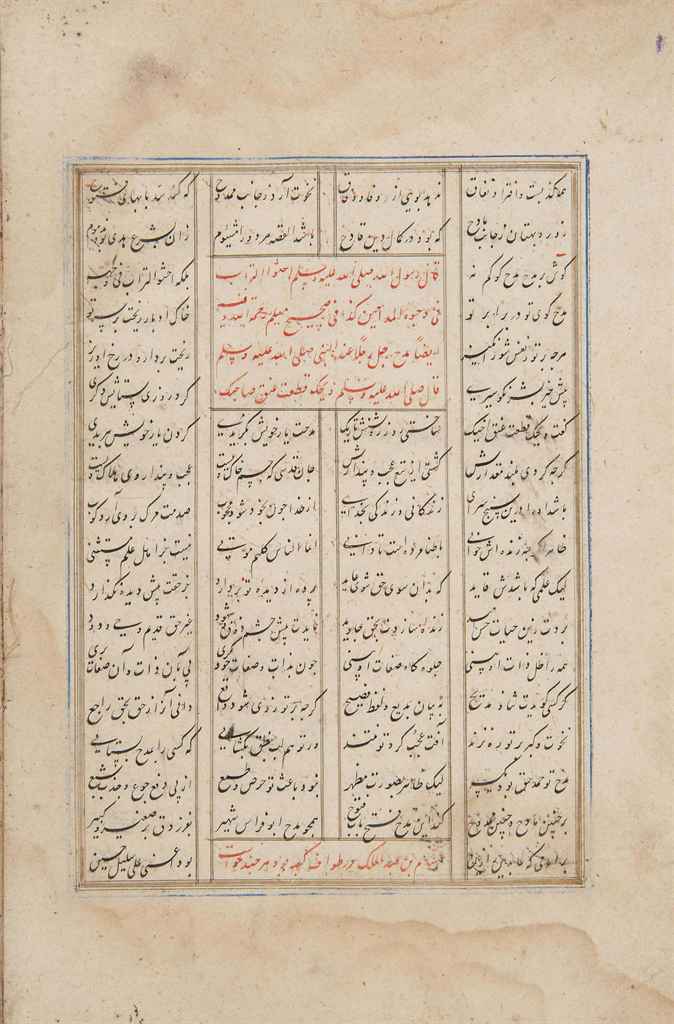
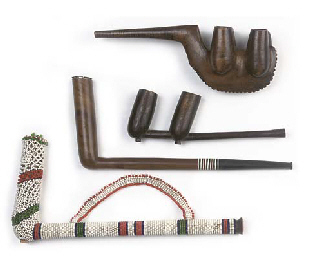

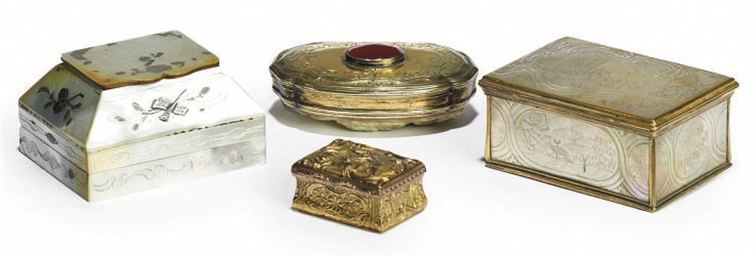
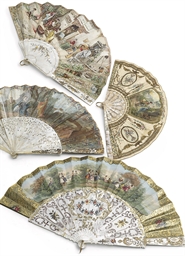
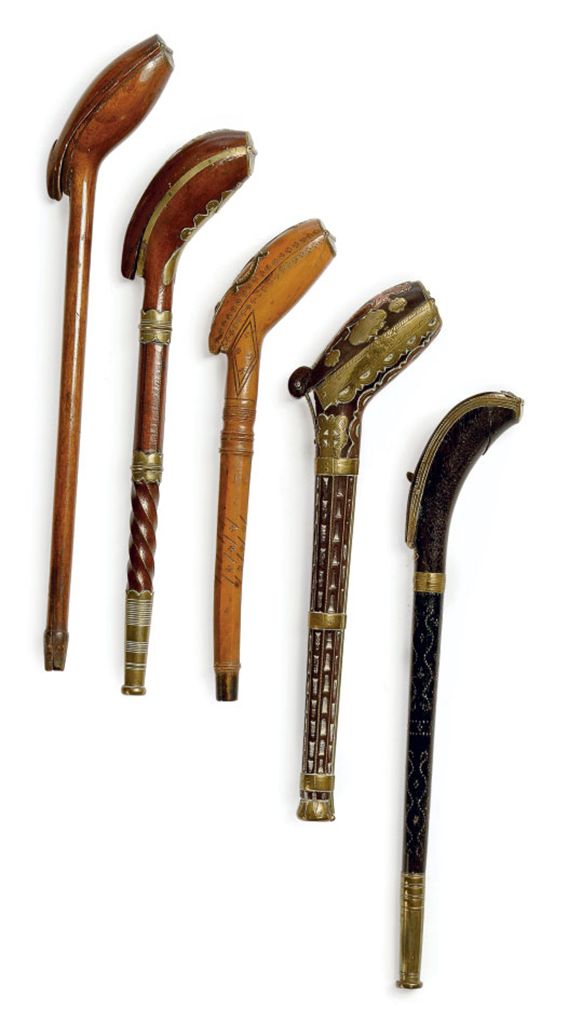
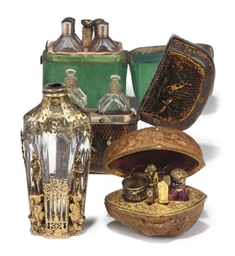
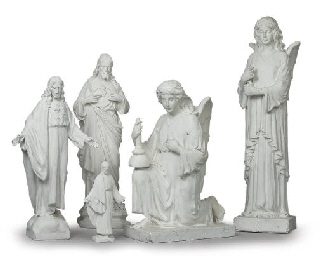

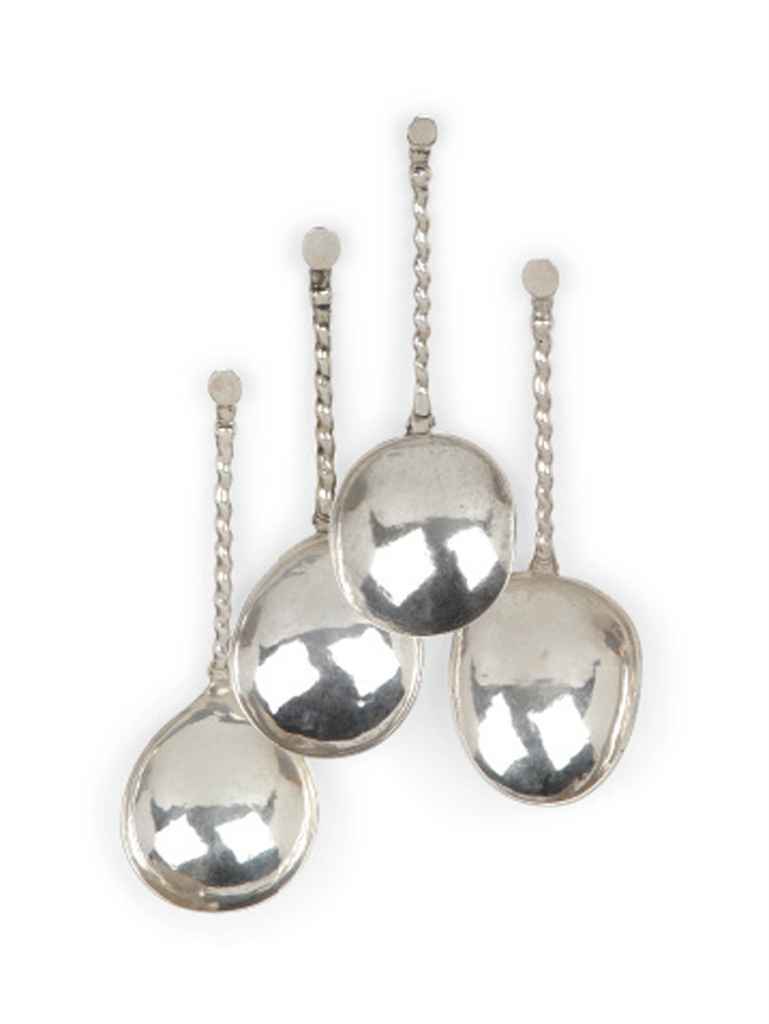

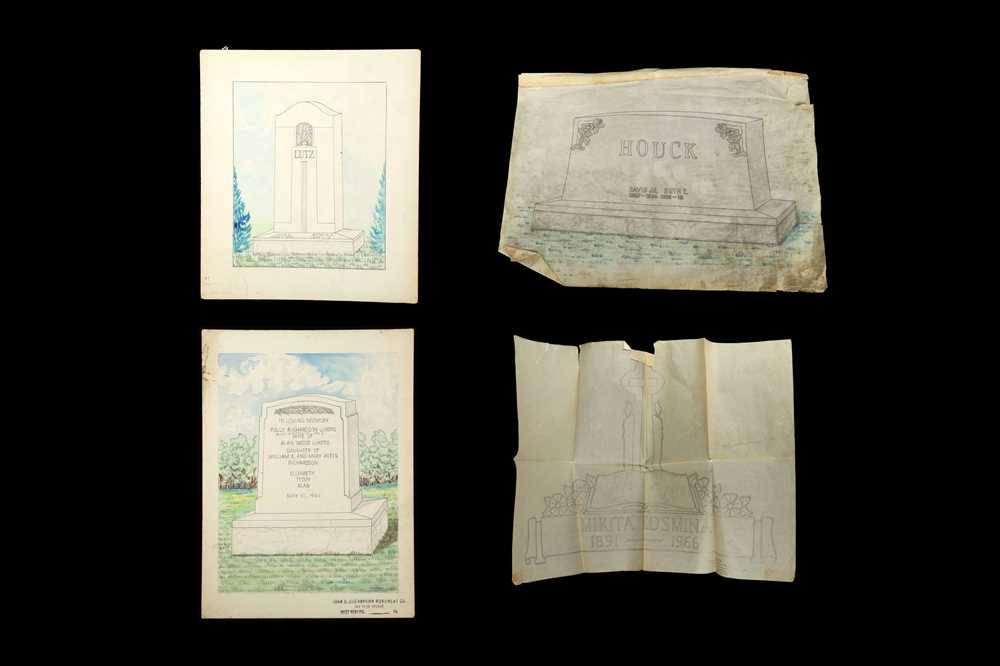

Testen Sie LotSearch und seine Premium-Features 7 Tage - ohne Kosten!
Lassen Sie sich automatisch über neue Objekte in kommenden Auktionen benachrichtigen.
Suchauftrag anlegen